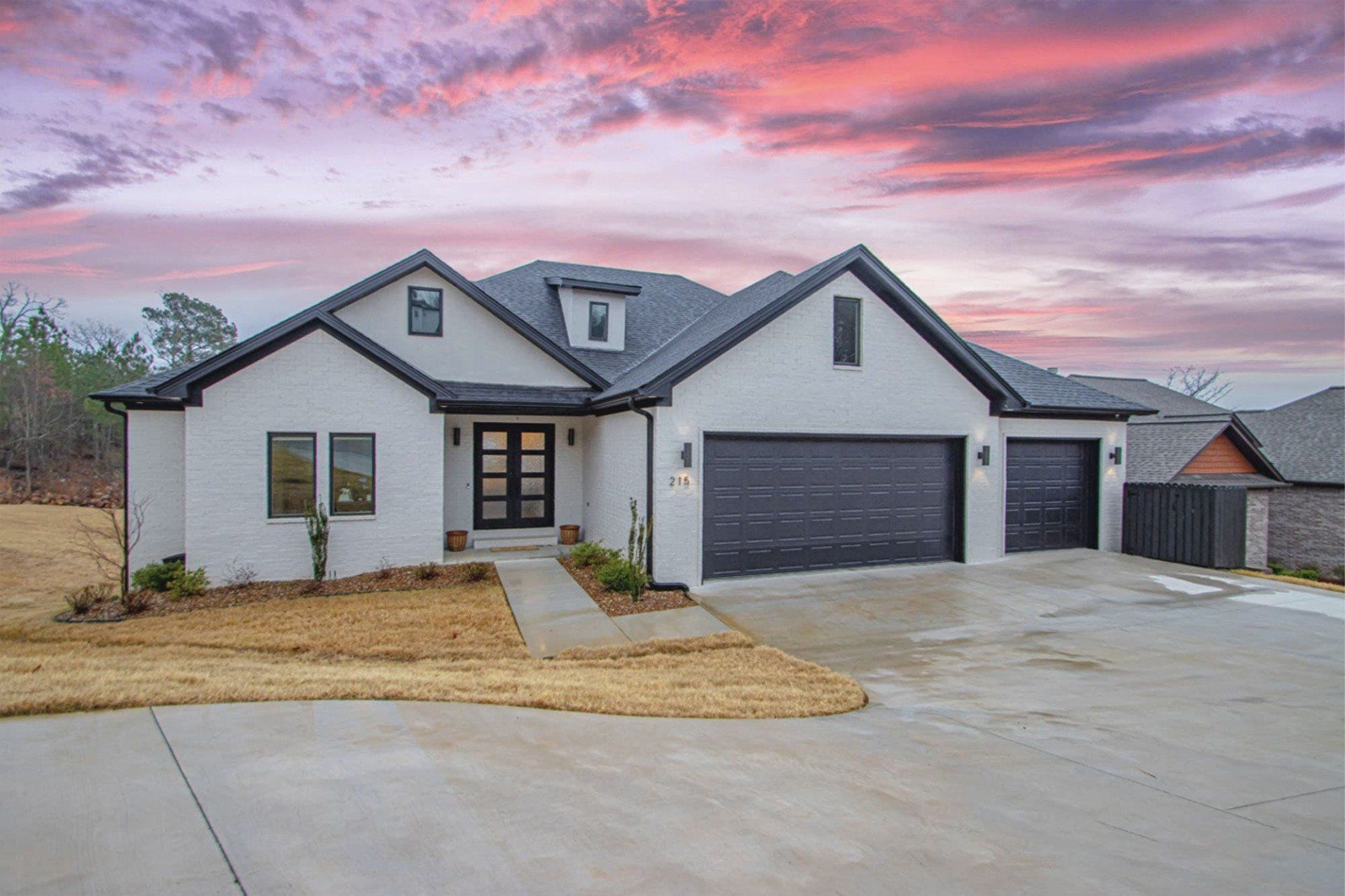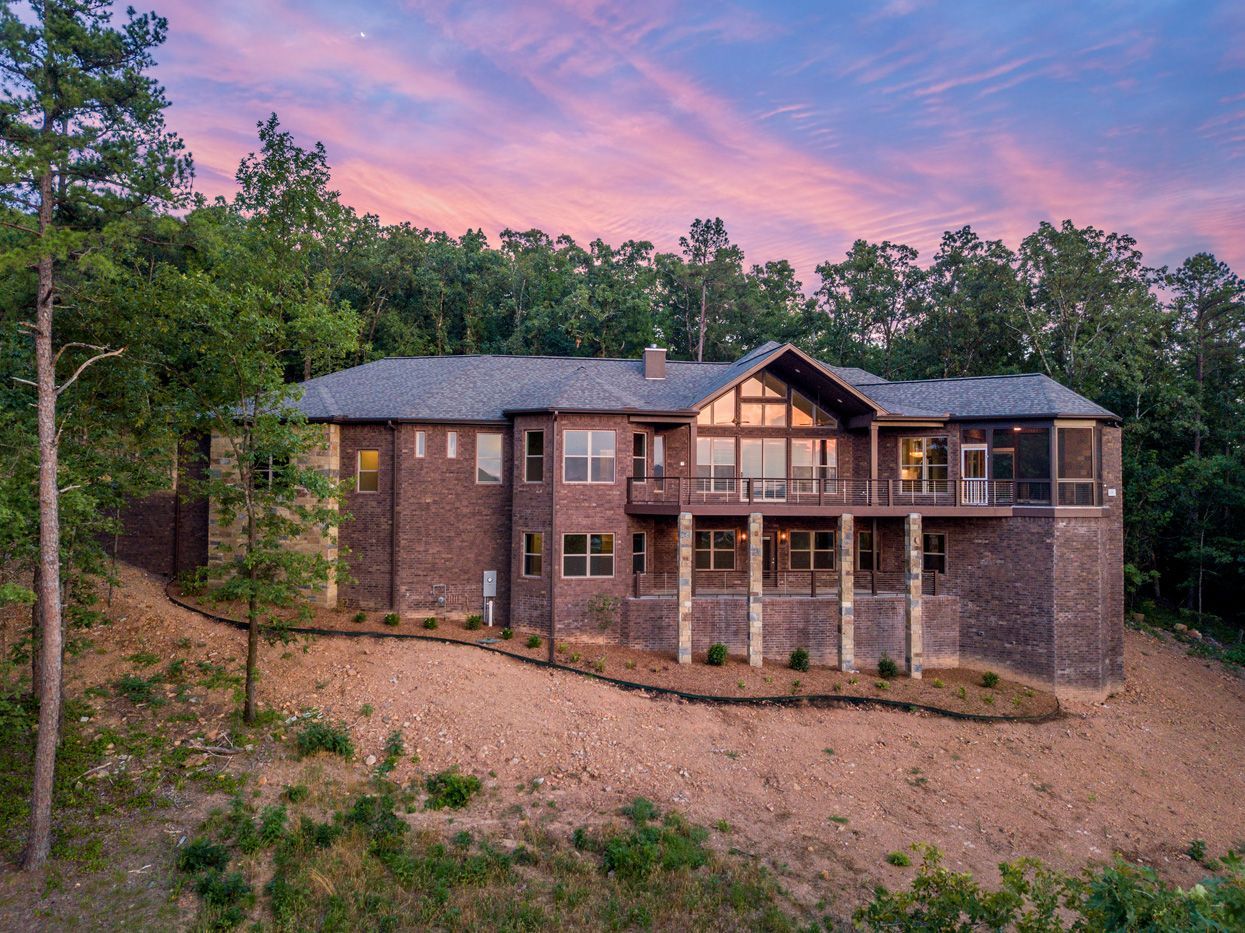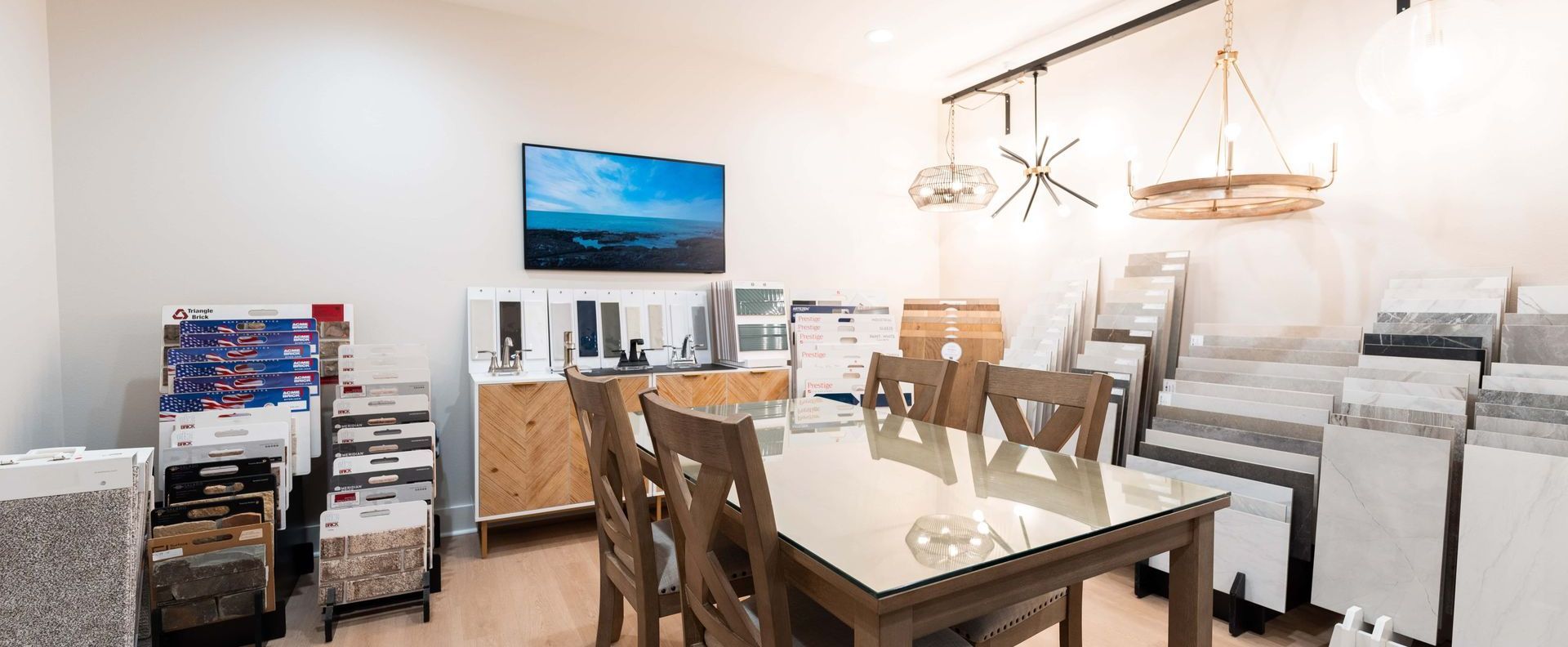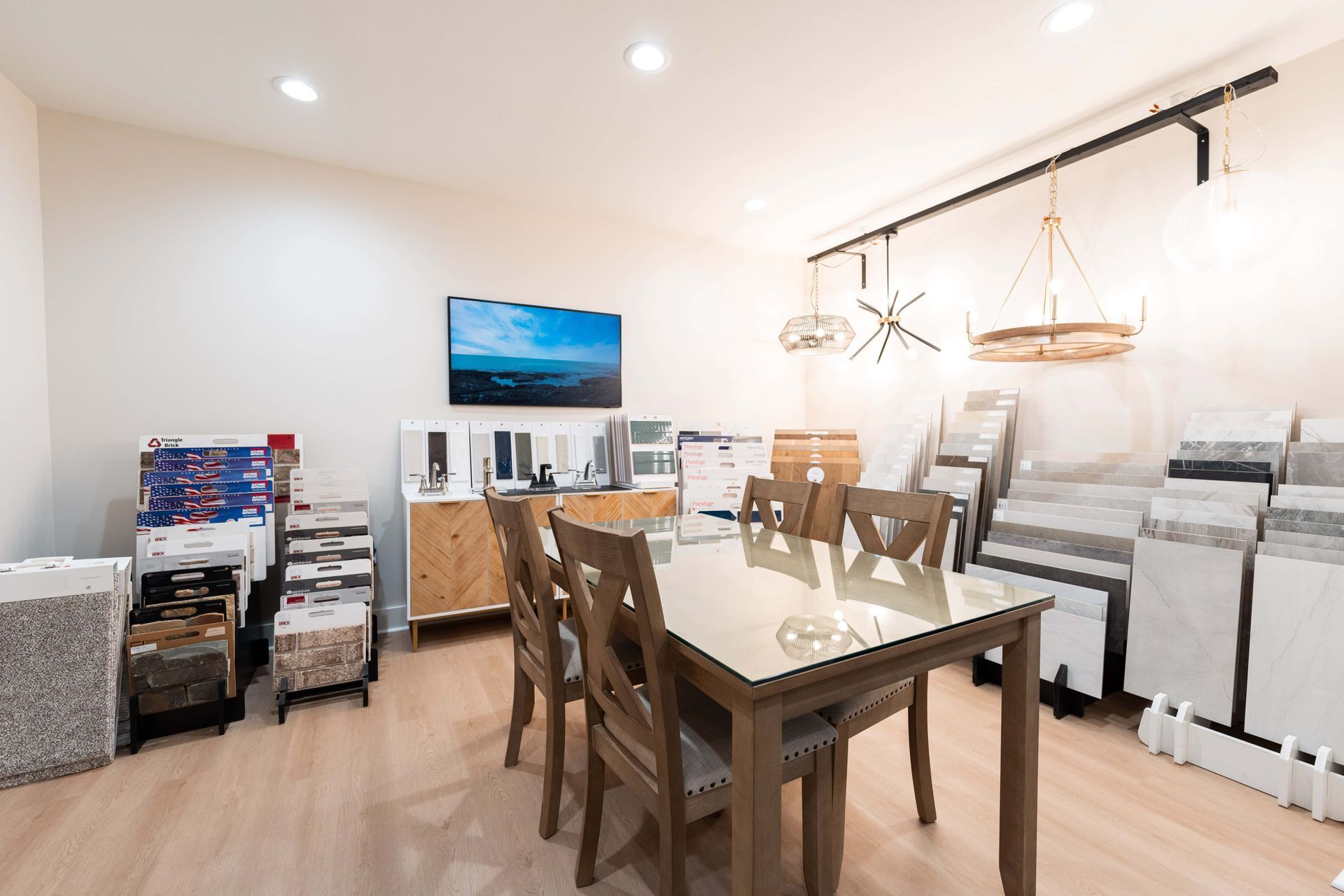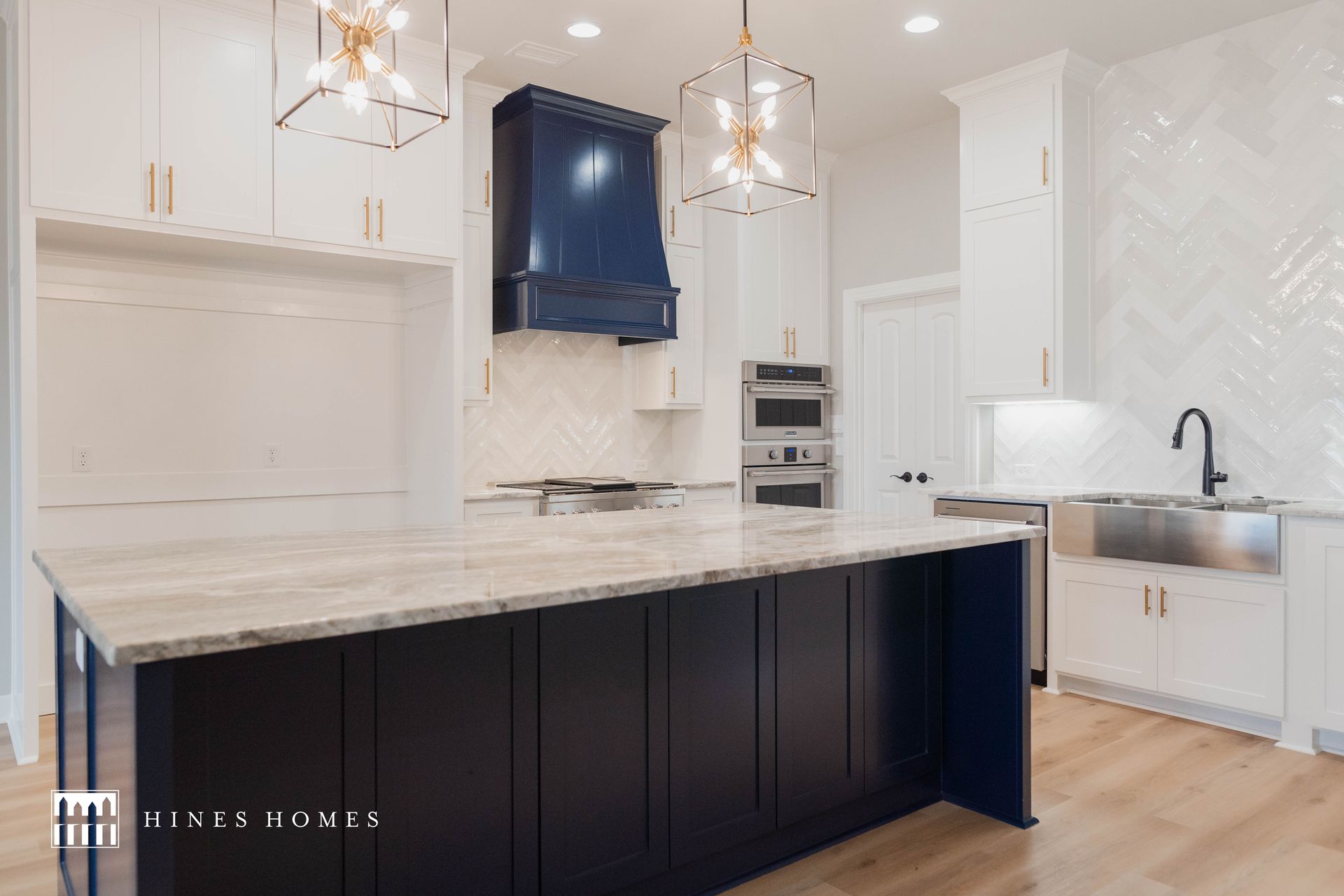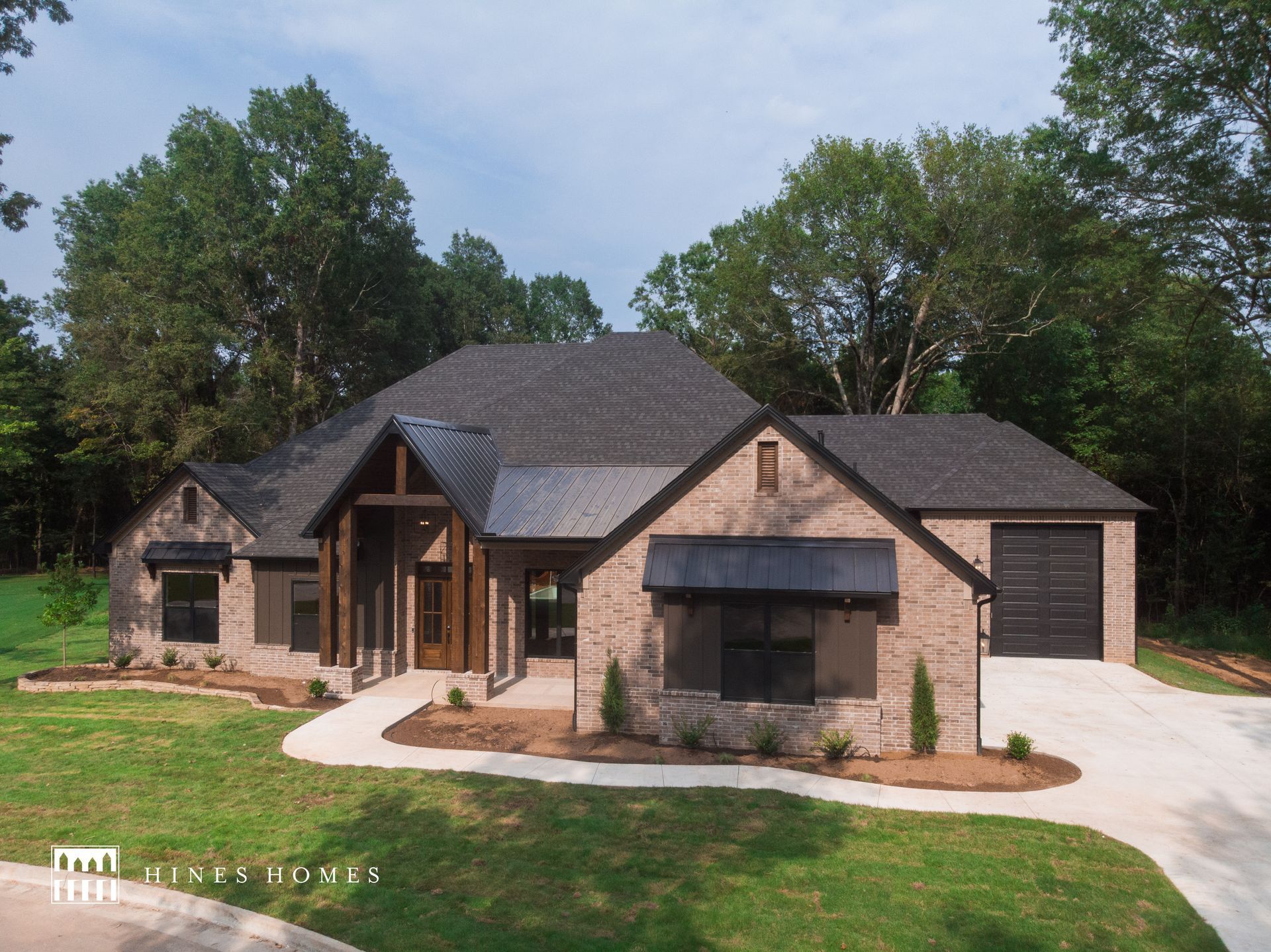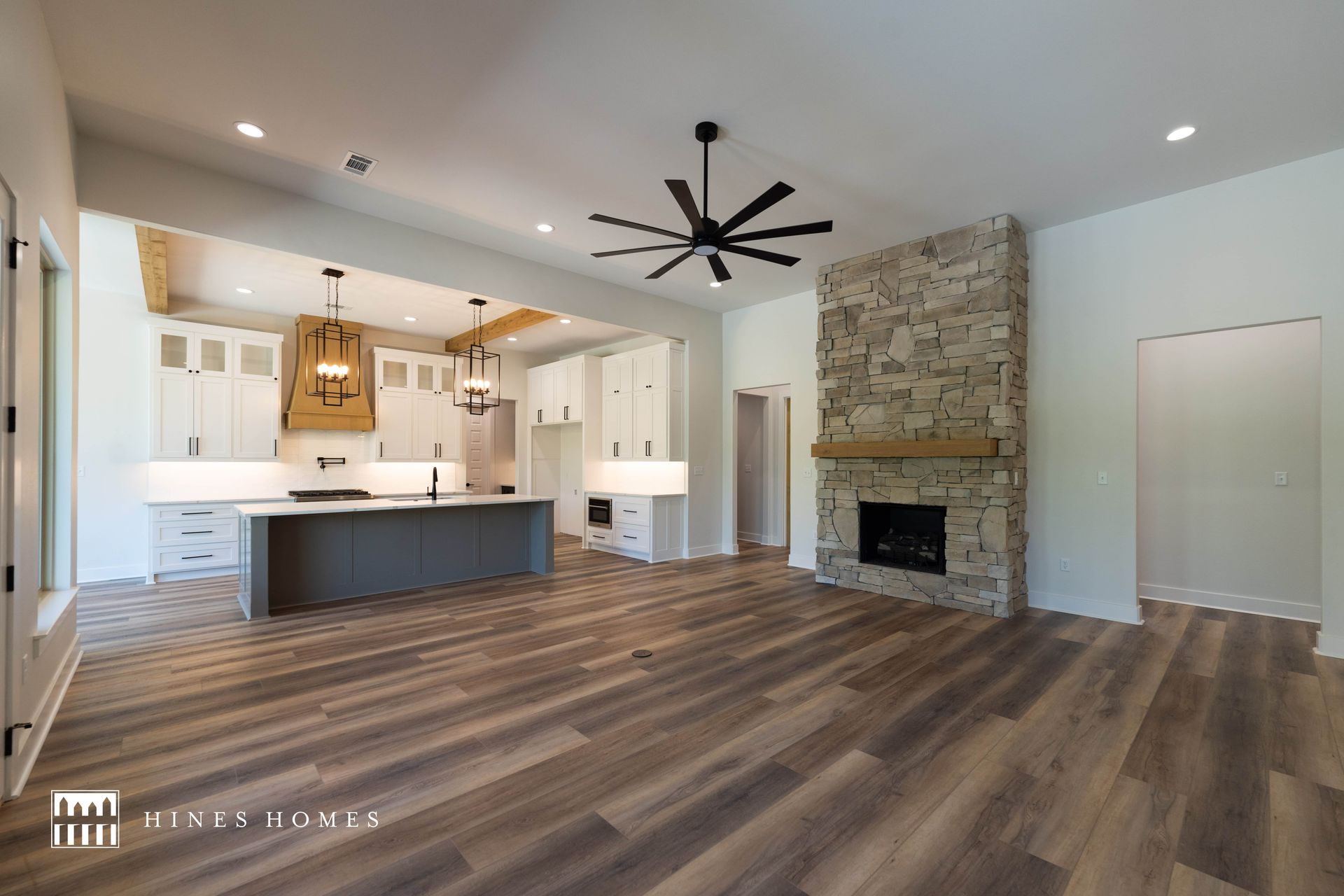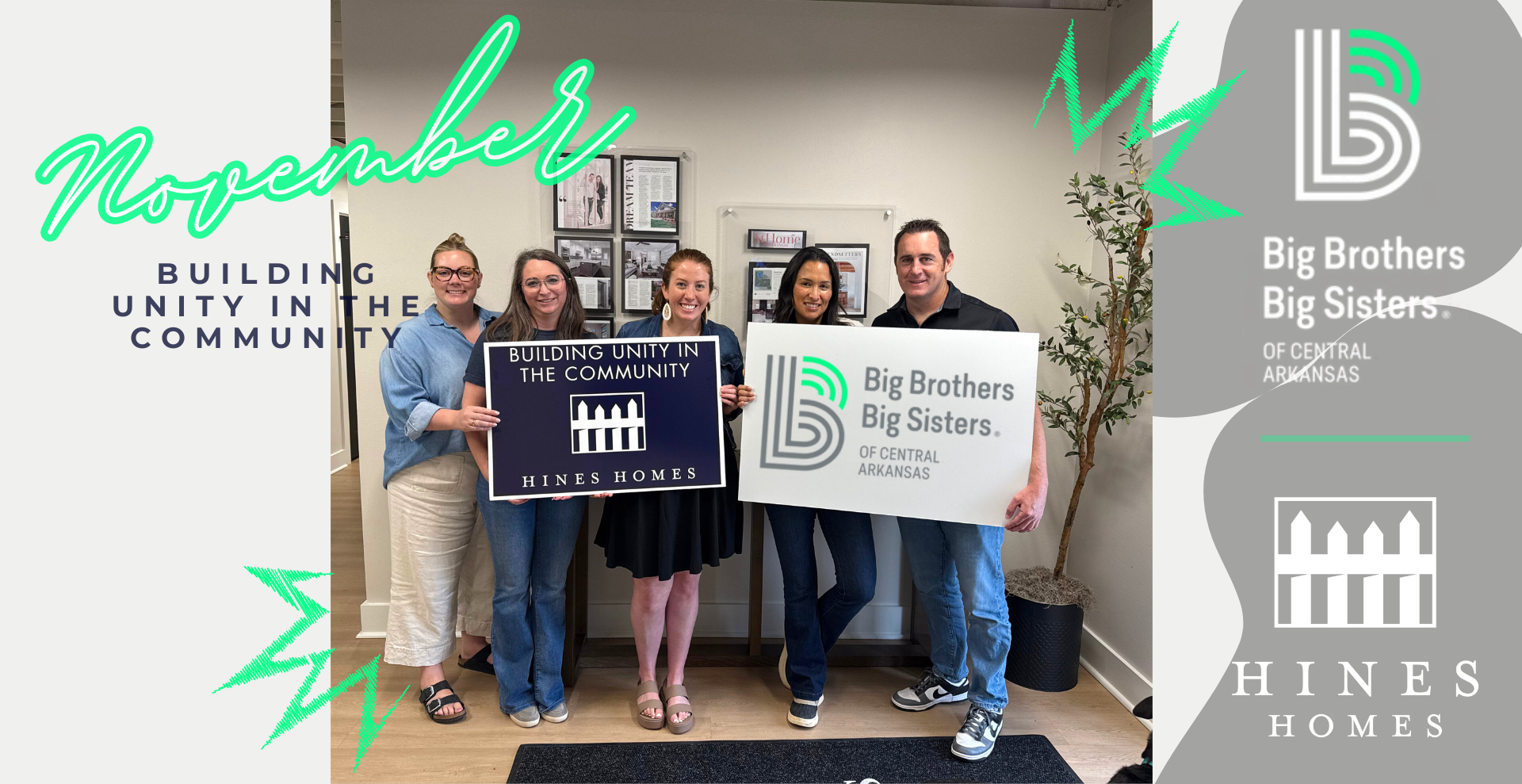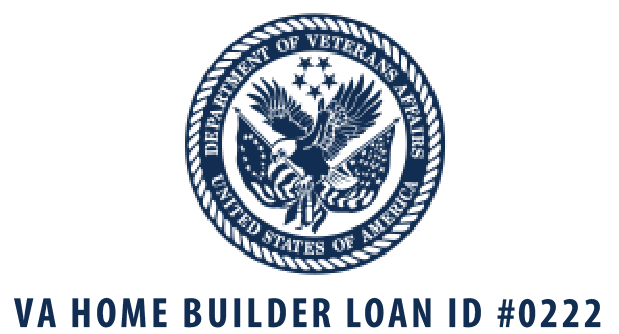By Taylor Hunt
•
November 21, 2025
The right materials and finishes don’t just make a home look beautiful—they make it feel right. From sleek countertops to soft textiles and matte wall finishes, texture plays a powerful role in how each space functions and flows. Whether you're building a custom home or preparing for a design appointment, understanding your options can help you create a cohesive, comfortable interior that reflects your style. Here's a breakdown of common interior surfaces, finish types, and how to use them to elevate your home's design. Walls: More Than Just Paint Flat or Matte Paint Perfect for ceilings or low-traffic rooms. It hides imperfections and gives a soft, modern look but is less washable than other options. Eggshell and Satin Great for living rooms, hallways, and bedrooms—these finishes strike a balance between durability and subtle sheen. Semi-Gloss or Gloss Best in high-moisture or high-traffic areas like kitchens, bathrooms, and trim. These reflect more light and are easy to clean. Specialty Finishes Consider textures like Venetian plaster, limewash, or wall paneling (like board and batten or shiplap) to add visual interest and tactile dimension. Ceilings: The Fifth Wall Don’t underestimate the ceiling. Custom textures or finishes here can completely transform a space. Smooth finish : Clean and modern Textured finish (knockdown or skip trowel) : Adds depth and hides minor imperfections Exposed beams or tongue-and-groove wood : Bring warmth and architectural character to living rooms, kitchens, or bedrooms Flooring: Function Meets Feel Hardwood Classic, warm, and long-lasting. Choose between smooth, hand-scraped, or wire-brushed textures based on your style and lifestyle. Engineered Hardwood or LVP (Luxury Vinyl Plank) Great alternatives that offer the look of wood with improved durability, water resistance, and a softer underfoot feel. Tile From glossy to matte, patterned to textured, tile is ideal for bathrooms, laundry rooms, and mudrooms. Use textured finishes for grip or statement backsplashes for visual flair. Carpet Still a top choice for bedrooms and bonus rooms. Cut pile, loop pile, or textured styles each offer different looks and levels of softness and durability. Countertops: Style That Works Quartz Low-maintenance, non-porous, and available in a wide range of patterns and finishes—great for kitchens and bathrooms. Granite Durable and natural, with unique patterning and a glossy finish that adds depth. Marble Elegant and timeless, ideal for vanities or accent areas. Slightly softer and higher-maintenance but a standout in any design. Butcher Block or Concrete Add warmth and texture to prep spaces or islands. Sealed properly, these surfaces blend style with usability. Cabinet Finishes: Subtle Statement Makers Cabinets are one of the largest visual elements in kitchens and bathrooms. Finishes make a big difference: Painted (matte or satin) : Clean, smooth, and available in any color Stained wood : Brings out grain and warmth, perfect for traditional or rustic styles Textured laminates or rift-cut wood : Offer a modern, durable twist with visual depth Glazed or distressed finishes : Add character and a lived-in charm to classic cabinetry Mixing tones—like natural wood with painted uppers—adds contrast and custom appeal. Fixtures and Hardware: Finish it Off Small in size, big in impact. Hardware and fixtures act as the jewelry of your home. Matte black : Bold and modern, pairs well with light and dark surfaces Brushed nickel or stainless : Timeless and versatile Champagne bronze or aged brass : Adds warmth and a bit of vintage flair Mixed finishes : When done intentionally, mixing metals can create balance and depth in kitchens and baths Creating Cohesion Through Texture When combining surfaces and finishes throughout your home, balance is key. Too many glossy or too many matte elements can overwhelm. A mix of textures—soft textiles, smooth counters, rough wood accents, sleek metals—keeps things visually interesting and comfortable to live in. Pro tip: Choose one or two consistent finishes (like matte black hardware or oak-toned flooring) to repeat in different areas, tying everything together without making the home feel matchy-matchy. Build with Texture in Mind Interior surfaces do more than serve a purpose—they create feeling, function, and flow. From the warmth of wood grain to the sheen of polished stone, every finish adds a layer to your home’s personality.
